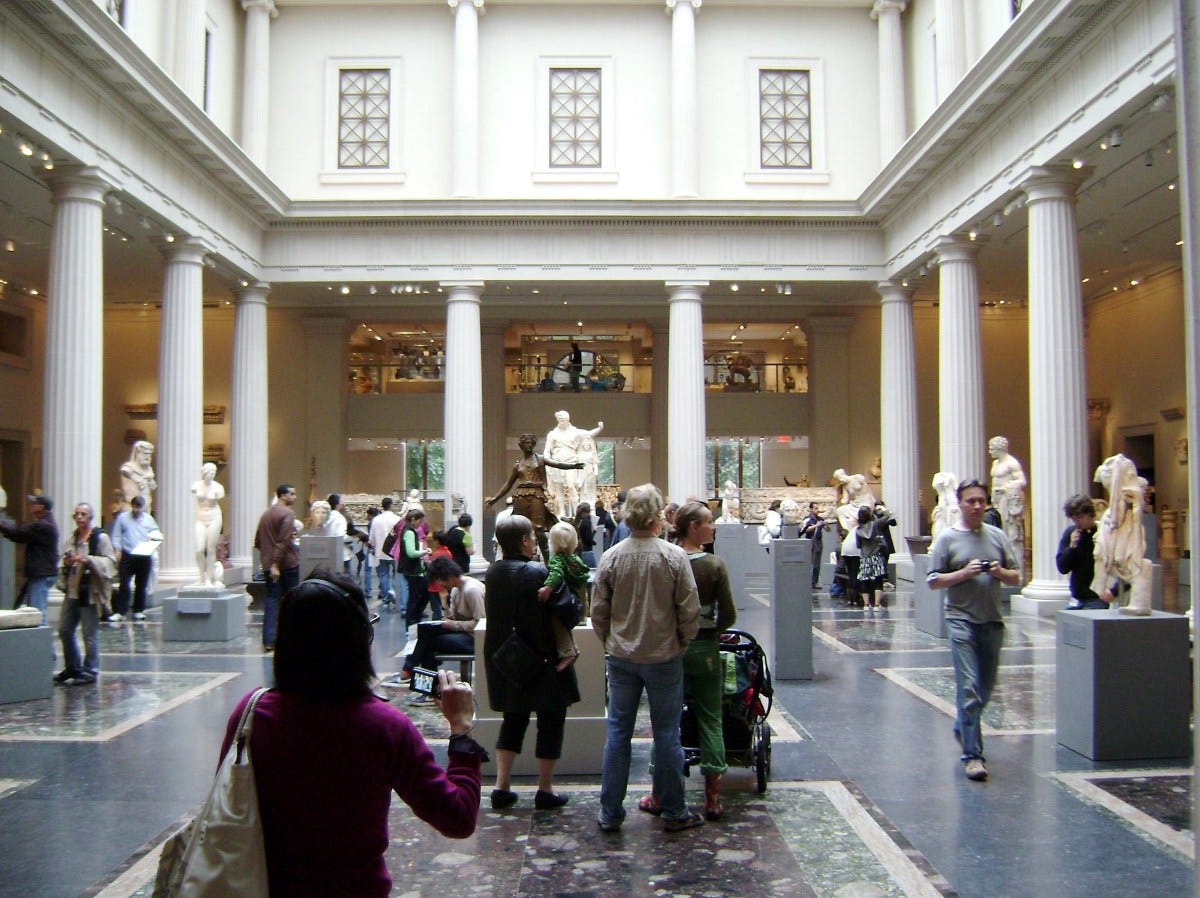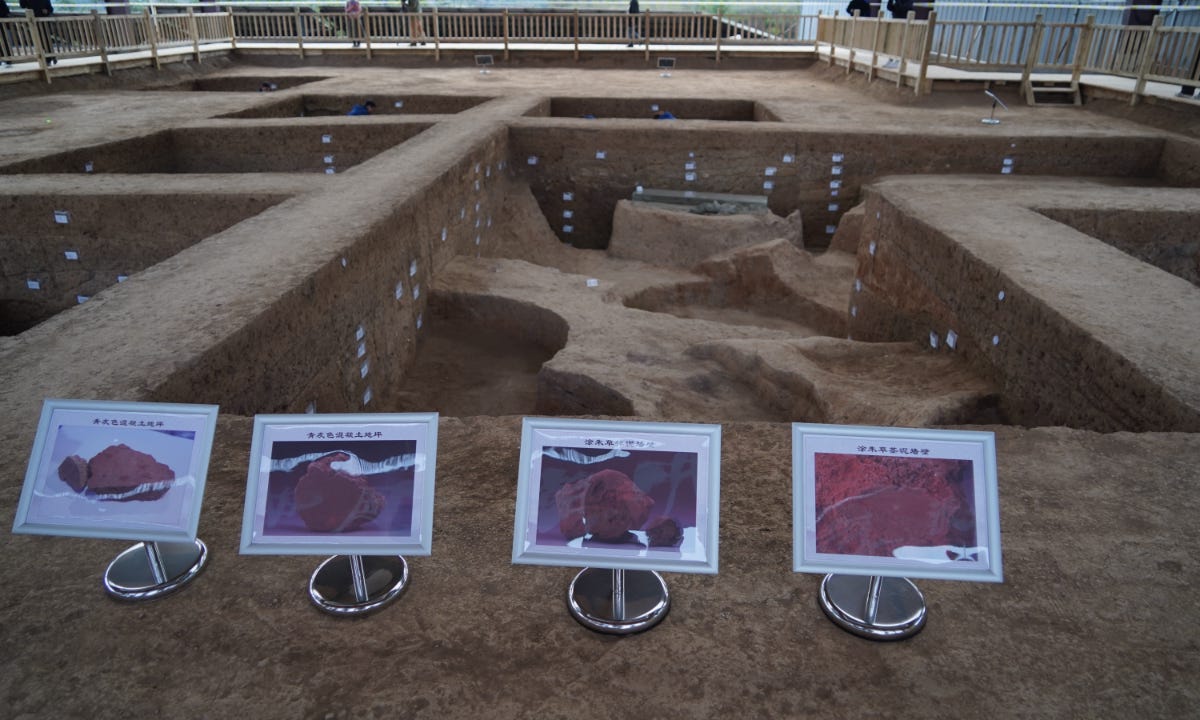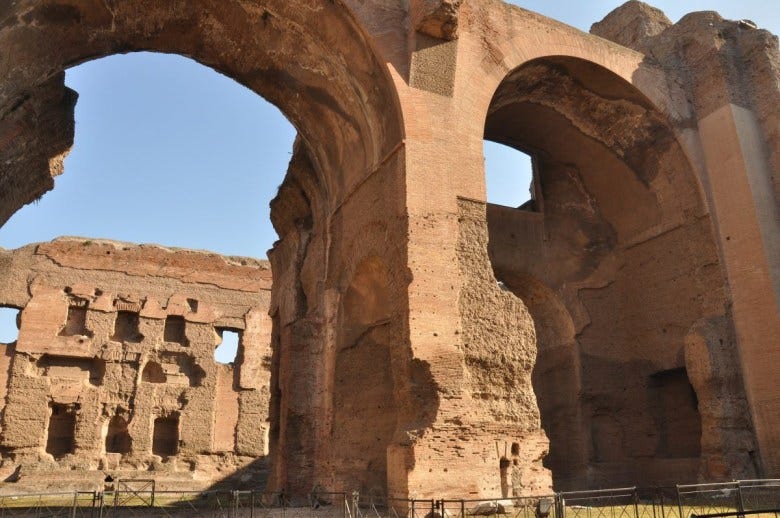Ancient/Now- December 9th
Fashion at the pyramids, looted antiquities (again), and the Parthenon marbles— some of our top stories from the past week.
Deal to return Elgin Marbles to Greece at advanced stage - reports
Well, this is exciting news!! With recent polls showing great support for the return of the Parthenon marbles to Greece, apparently there have been secret talks underway. Given that the British Museum is not allowed to “deaccesession” objects, how would this deal work out? Probably a partial long term loan. Similar calls have been making the headlines concerning the Rosetta Stone. (Read this ‘interesting’ take on why it should NOT be returned.) We are on the side of returning it in some way, shape, or form, but what are you opinions? What pieces should be returned? Where is the line?
Interested in learning more about the British Museum’s “collecting” practices? Check out Brutish Museums: The Benin Bronzes, Colonial Violence and Cultural Restitution by Dan Hicks.

Did Women Have Real Power in the Achaemenid Court?
Classical sources often remarked that women had great power and freedom within the Achaemenid court, but was that merely to depict the enemies of the Greeks (the Achaemenid males) as weak and powerless? What do the Achaemenid sources say? This article is a great overview of the subject ultimately finding that women did have power and freedoms in specific contexts, particularly in family lineages, but were ultimately still subservient to the males in their lives—as all women are in patriarchies. And here we should make an important point: there is nothing wrong with finding powerful women (and children, and outsiders, and non-binary people, etc. etc.) in the ancient historical record, but if your agenda is to give them more power than they actually had because you want them to have that kind of power now, well, that’s not historical reality. Telling the truth about ancient history will help us in our anti-patriarchal goals *more* than pretending some women already broke through that glass ceiling …

Looted Antiquities Seized by DA Belonged to Met Trustee
Oh, we’ve lost count of the number of MET's scandals this year… This time the Manhattan DA’s office recovered 23 looted objects from Shelby White, a trustee of the MET. Though heavily scrutinized for decades, White and her late husband contribute to art and archaeological endeavors via The Leon Levy Foundation.
Navigating such waters is a major part of academia. Which grants are ethically okay to apply to? Which are funded by unethical donors or businesses? Academics are always discussing such issues in the background, but it’s still disheartening to see such a prominent donor engaged in terrible practices. Now the MET will once again separate itself from “bad” donors (read: the Sackler family and all its philanthropy on over millions of dead bodies).
It’s hard to disassociate an institution from such problematic acquisition at all. This is what happens when communities validate such collecting as proper and good (Think of the positivist Indiana Jones adage, “That belongs in a museum!”). In addition, this is what happens when communities decide to pull funding from education and culture, assuming that rich people can save us by being jobs creators with all their “Trickle Down” wealth. When the water in which you swim is run by such social inequality, what the hell do you expect?

Egypt Dusts Off Pyramids For Fashion, Pop And Art Shows
The French fashion house Dior debuted its latest collection last Saturday at the Giza pyramids. As Dior CEO said, the pyramids were more than “just a useless background” for the Celestial collection’s debut because it connected to Egyptian astrology. Pyramids and other physical elements of ancient Egyptian culture writ large communicate glamour, mystique, and exclusivity, which are sought out by artists globally to tap into these recognized symbol. (In other words, rich people today like to connect to rich people yesterday! They use symbols of exclusivity to make the rich feel special! Surprise!)
With the Egyptian government’s recent push to increase their global recognition as a place of mystery, magic, and priceless treasures, we will see more and more high-end, luxury shows pop up. As Egypt is recognized for its “timeless” beauty, others are calling for an updated Egyptian image that doesn’t just reward hoarded wealth and power. (On that note, check out Kara’s Good Kings!)

5,000-Year-Old House Found in China, Shedding Light on a Vast Ancient Culture
Archaeologists working in China’s Henan Province uncovered the ruins of a 5,000 year old house, a ceremonial jade axe, and a whole bunch of military-related infrastructure. This is the first time such archaeological evidence has been uncovered linked to the Yangshao culture (5000-3000 BCE), one of the longest-lasting early cultures of China. These are the first such significant findings since the 1920’s. How will this data change how this early pre-literate society was functioning and how did it contribute to later cultures?

Why Did Roman Baths Disappear?
New research by Jordan Pickett argues that a combination of social, financial, and environmental challenges contributed to the decline of public bath cultures rather than the popular myth that the Christian opposition to nudity forced baths to close down. The environmental reasons are of particular interest given our current times (Hello, water shortages in SoCal). With plagues, volcanic eruptions, and insecure water sources such massive bathing complexes were simply unsustainable and untenable. Will our culture face similar issues in the future? What will happen to public pools, for example?






